When it comes to home design, often the details make all the difference. As a homeowner who has spent years enhancing my house’s exterior, I can attest to the transformative power of decorative exterior brackets. These beautiful accents serve both functional and aesthetic purposes, turning an ordinary façade into an extraordinary one. In this comprehensive guide, we will explore everything you need to know about decorative exterior brackets, from styles and materials to installation tips and maintenance. Let’s dive in!
What Are Decorative Exterior Brackets?
Decorative exterior brackets are architectural elements attached to the exterior of buildings, typically used to support overhangs, awnings, or to serve as embellishments. They come in various styles, materials, and sizes, allowing homeowners to find the perfect fit for their architectural theme.
Why Use Decorative Exterior Brackets?
Decorative brackets serve multiple purposes:
- Enhance Aesthetic Appeal: They add character and charm to the exterior.
- Support Structural Elements: They can provide additional support for awnings or overhangs.
- Increase Property Value: A well-decorated home can significantly boost its market appeal.
Types of Decorative Exterior Brackets
Choosing the right type of decorative bracket for your home involves understanding the various styles available:
1. Traditional Brackets
Traditional brackets typically feature intricate designs that complement vintage or classic homes.
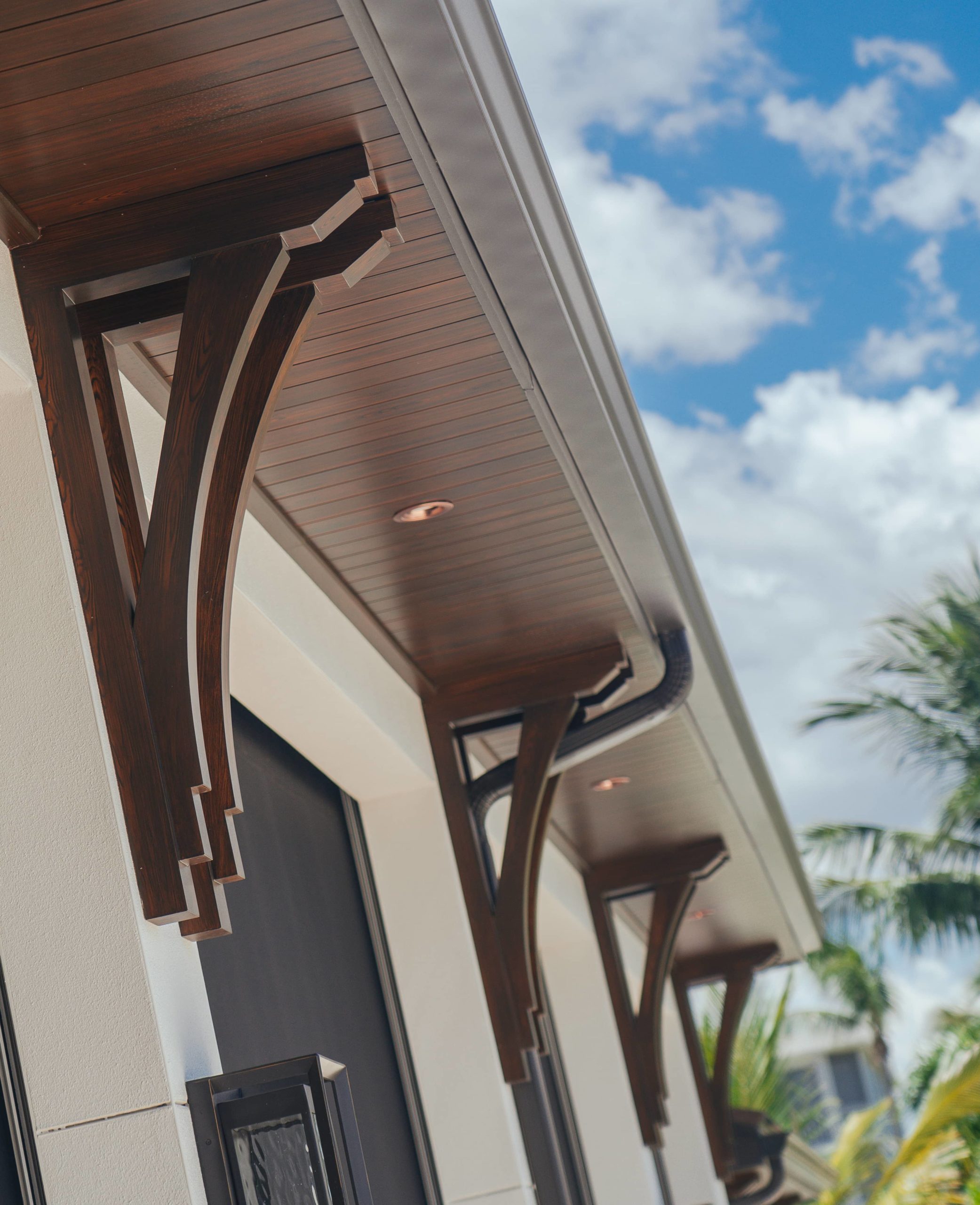
Materials
- Wood
- Steel
- Fiberglass
2. Modern Brackets
For contemporary homes, sleek lines and minimalistic designs characterize modern brackets.

Materials
- Aluminum
- Composite materials
3. Rustic Brackets
Rustic brackets often feature a more rugged, handcrafted appearance and are ideal for cabins or countryside homes.
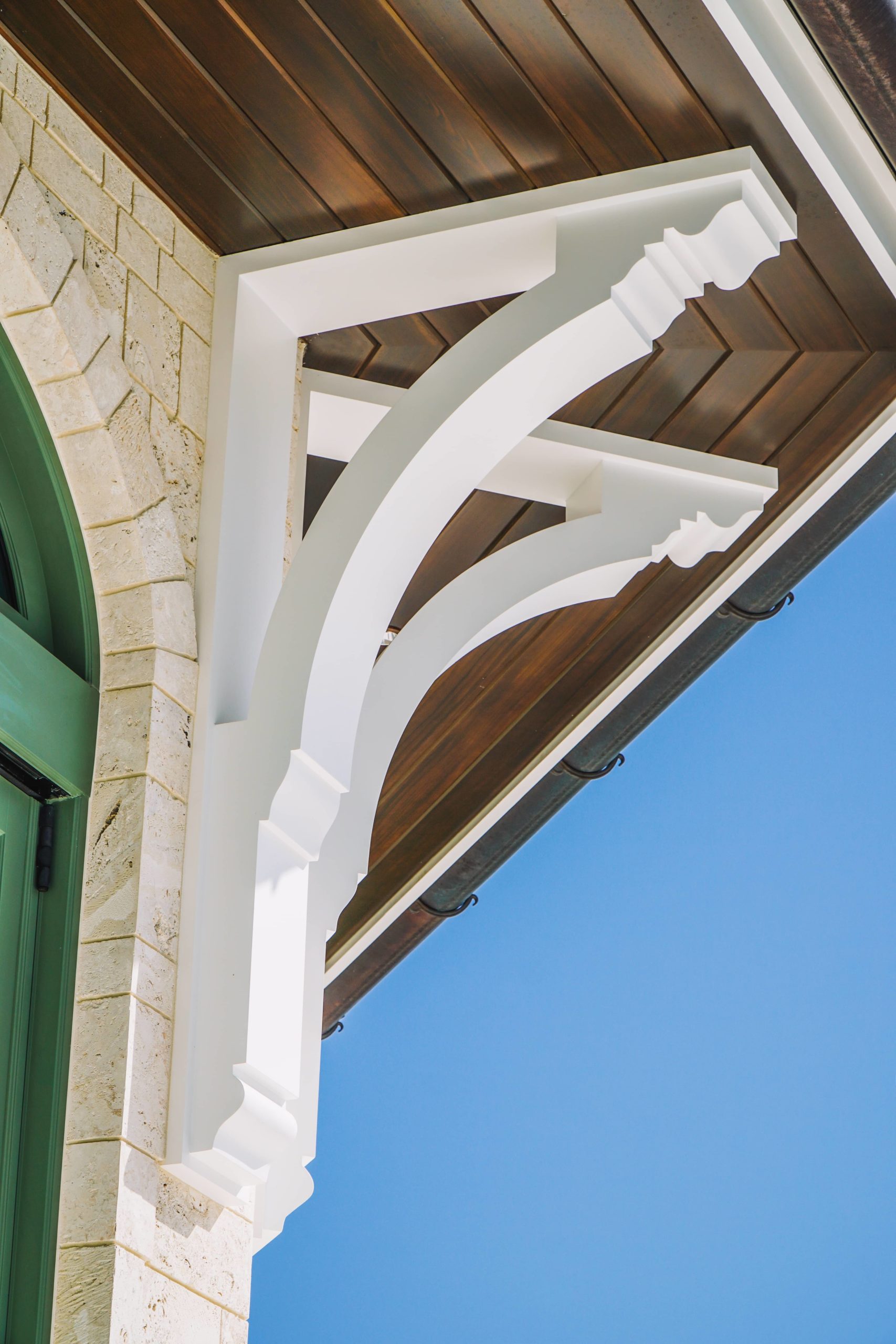
Materials
- Reclaimed wood
- Wrought iron
4. Custom Brackets
For those who want something truly unique, custom brackets can be designed to match specific architectural features.
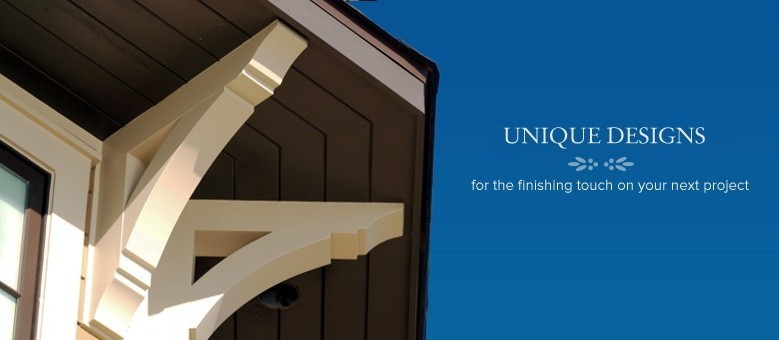
Choosing the Right Decorative Exterior Bracket
With so many options, selecting the right bracket can seem daunting. Here are some factors to consider:
1. Architectural Style
Consider the existing architectural style of your home. A Victorian house might benefit from ornate brackets, while a modern home may look best with sleek, simple designs.
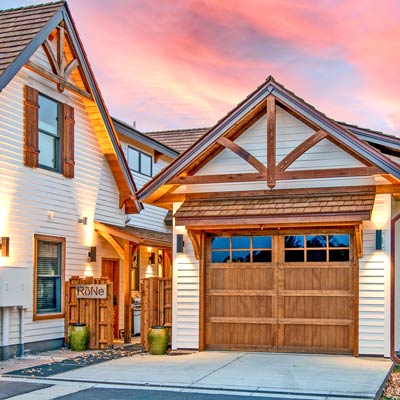
2. Material Durability
Choose materials that withstand local weather conditions. For instance, if you live in a humid area, opt for moisture-resistant materials like fiberglass or treated wood.
3. Size and Scale
The size of the bracket should be proportionate to the structure it supports. Oversized brackets can overwhelm, while undersized ones may appear insignificant.

Comparison Table: Bracket Materials
| Material | Durability | Maintenance | Cost |
|---|---|---|---|
| Wood | Medium | High (requires sealing and painting) | $$ |
| Steel | High | Medium (rust-proofing needed) | $$$ |
| Fiberglass | High | Low (easy cleaning) | $$ |
| Wrought Iron | High | Medium (needs rust protection) | $$$ |
| Aluminum | High | Low (rust-proof) | $$ |
Installation of Decorative Exterior Brackets
Installing decorative exterior brackets is a task that many homeowners can tackle themselves with the right tools and preparation. Here’s a step-by-step guide:
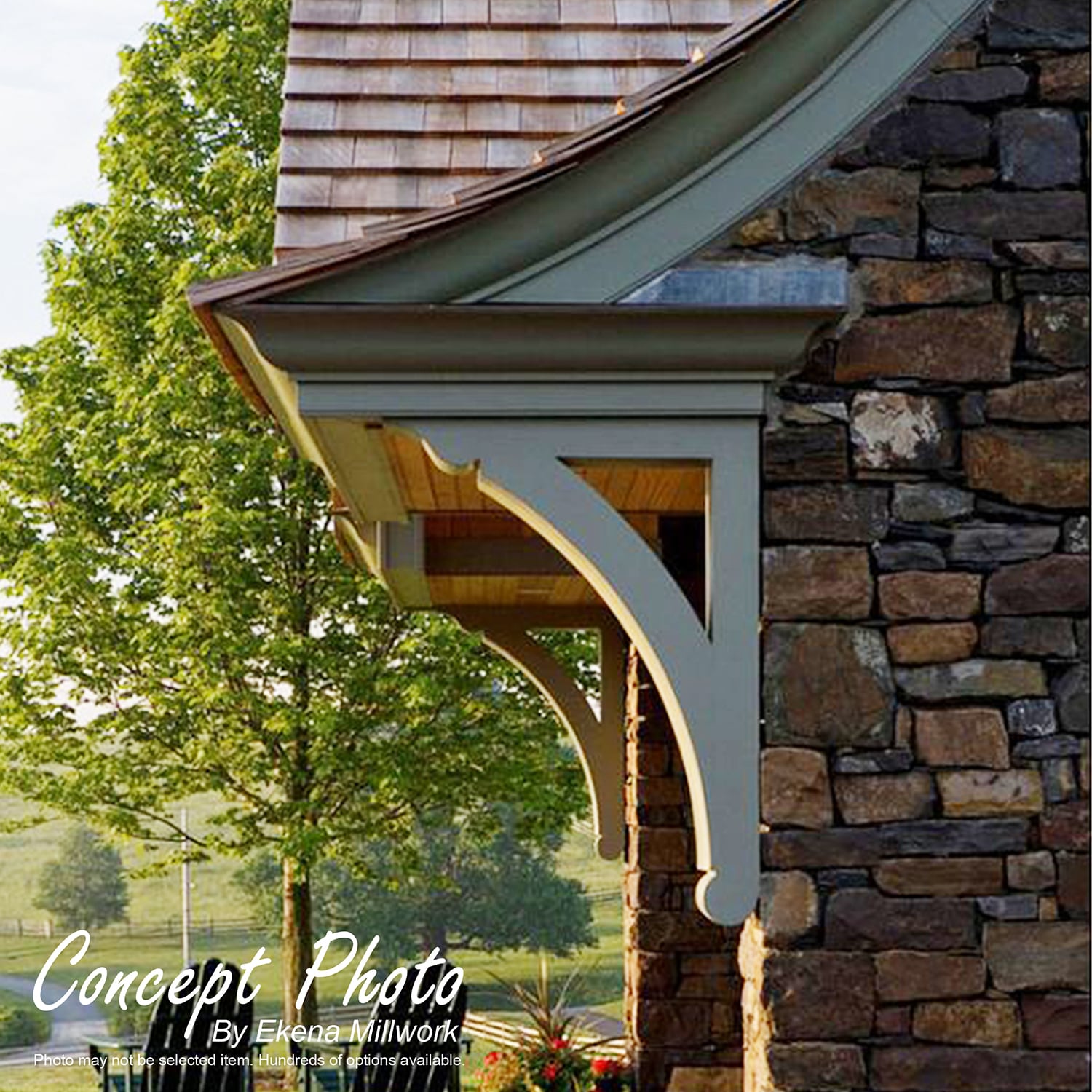
1. Gather Tools and Materials
You will need:
- Decorative brackets
- Drill and drill bits
- Screws (choose appropriate length and type for your wall material)
- Level
- Measuring tape
- Safety goggles
2. Measure and Mark
Start by measuring where you want to place the brackets. Use a level to ensure they will be installed straight.
3. Drill Holes
Drill holes in the marked spots for your screws. Be cautious not to drill too deep; just enough to secure the brackets.
4. Secure the Brackets
Align the brackets with the drilled holes and attach them securely using screws.
5. Finishing Touches
Once installed, step back and admire your work! You can paint or stain the brackets to match your home’s exterior if desired.
Pros and Cons of Decorative Exterior Brackets
As with anything, decorative brackets come with their own set of advantages and disadvantages:
Pros
- Aesthetic Appeal: They enhance curb appeal and can complement a variety of architectural styles.
- Functional Support: Provide structural support for awnings and overhangs.
- Increased Home Value: A well-designed exterior can attract potential buyers.
Cons
- Maintenance: Depending on the material, some may require more upkeep than others.
- Cost: High-quality materials can be expensive.
- Installation Effort: Proper installation is key, and incorrect installation can lead to structural issues.
Maintenance of Decorative Exterior Brackets
To extend the life of your decorative brackets, regular maintenance is essential. Here are some tips:
1. Regular Inspections
Check periodically for signs of wear, rust, or rot, especially for wooden or metal brackets.
2. Cleaning
Keep the brackets clean by washing them with mild soap and water to remove dirt and grime.
3. Repainting or Staining
If your brackets are painted or stained, consider refreshing them every few years to protect against the elements.
Personal Experience: My Journey with Decorative Brackets
When I first decided to add decorative exterior brackets to my home, I was apprehensive. However, after a weekend project, the transformation was astonishing. I chose traditional wood brackets to match the Victorian style of my home. Not only did they support my new awning, but they also added a layer of elegance that was missing before. It’s remarkable how such a simple addition can elevate the entire look of the home.
Conclusion
Decorative exterior brackets are more than just design elements; they are an expression of style and functionality. Whether you’re looking to enhance your home’s curb appeal, add structural support, or simply take on a fun DIY project, these brackets offer endless possibilities. With the right research and planning, you can smoothly execute your decorative endeavors, turning your external space into a stunning showcase.
FAQs About Decorative Exterior Brackets
1. What are the most popular materials for decorative exterior brackets?
The most popular materials include wood, fiberglass, aluminum, and wrought iron, each offering unique aesthetics and durability.
2. Can I install decorative brackets myself?
Yes! With the right tools and materials, many homeowners can install decorative brackets themselves. However, if you’re unsure, consider hiring a professional.
3. How do I choose the right size bracket for my home?
Ensure the size of the bracket is proportionate to the structure it supports. Oversized brackets can look overwhelming, while undersized ones may appear insignificant.
4. Do decorative brackets require maintenance?
Yes, maintenance will depend on the material, but generally, regular inspections, cleaning, and possibly repainting or staining are necessary to maintain their appearance and durability.
5. Are decorative brackets only for aesthetics?
No, while they add beauty, they also provide structural support for elements like awnings and overhangs.